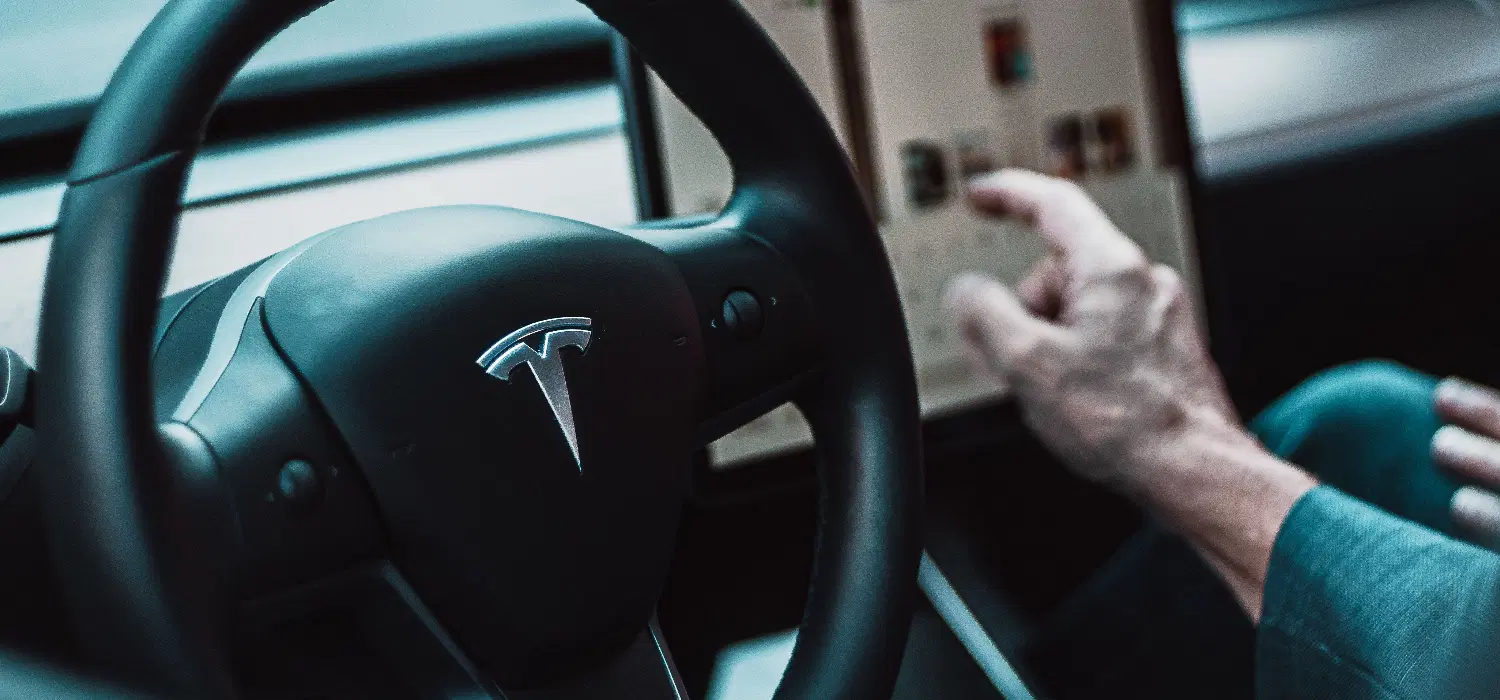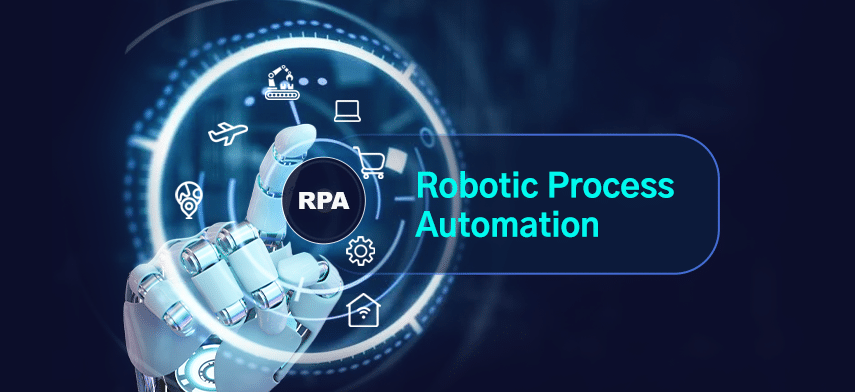Autonomous vehicles (AVs) represent a significant leap forward in transportation technology, promising increased safety, efficiency, and convenience. However, despite their potential benefits, autonomous vehicles also present a range of drawbacks and challenges. This article explores the key drawbacks of autonomous vehicles, shedding light on the issues that need to be addressed for their widespread adoption.
Technological Limitations
One of the primary drawbacks of autonomous vehicles is their current technological limitations. While AV technology has made significant progress, it is not yet perfect. Autonomous vehicles rely on a combination of sensors, cameras, radar, and machine learning algorithms to navigate and make decisions. Despite advancements, these systems can still struggle with certain scenarios, such as adverse weather conditions, complex traffic situations, and unexpected obstacles. For example, heavy rain or fog can impair sensor visibility, leading to potential safety concerns. These technological limitations can affect the reliability and safety of autonomous vehicles, particularly in challenging driving environments.
Safety and Reliability Concerns
Safety is a major concern when it comes to autonomous vehicles. Although proponents argue that AVs can reduce accidents caused by human error, there are still significant risks associated with their deployment. Autonomous vehicles must operate in highly dynamic and unpredictable environments, where they must make split-second decisions. Any malfunction or failure in the vehicle’s systems, such as software glitches or hardware defects, could lead to accidents or unsafe driving conditions. Moreover, the technology’s ability to handle rare or unusual situations remains uncertain, raising concerns about the overall reliability and safety of autonomous vehicles.
Ethical and Decision-Making Dilemmas
Ethical and decision-making dilemmas pose another significant challenge for autonomous vehicles. AVs must be programmed to make decisions in situations where harm is unavoidable, such as deciding between two harmful outcomes. These scenarios, often referred to as “trolley problems,” require complex ethical considerations and decision-making algorithms. The choices made by autonomous vehicles in such situations can have profound moral and legal implications. For instance, how should an autonomous vehicle prioritize the safety of its occupants versus pedestrians in an unavoidable accident? Addressing these ethical dilemmas is a complex and contentious issue that requires careful consideration and societal input.
Regulatory and Legal Issues
The regulatory and legal landscape for autonomous vehicles is still evolving and presents a considerable challenge. Different countries and regions have varying regulations and standards for AVs, leading to a patchwork of legal requirements. This inconsistency can complicate the development, testing, and deployment of autonomous vehicles across different jurisdictions. Additionally, questions about liability and insurance in the event of an accident involving an autonomous vehicle remain unresolved. Determining who is responsible—whether it is the vehicle manufacturer, software developer, or owner—can be complex and contentious. Establishing clear and comprehensive regulations and legal frameworks is essential for the successful integration of autonomous vehicles into the existing transportation system.
Infrastructure and Integration Challenges
Integrating autonomous vehicles into existing transportation infrastructure poses another significant challenge. Current roadways, traffic signals, and signage are designed with human drivers in mind and may not be optimized for AVs. Autonomous vehicles rely on accurate and up-to-date maps, which may not always reflect changes in road conditions or infrastructure. Additionally, the presence of human drivers who may not always follow traffic rules can create unpredictable situations for AVs. Upgrading infrastructure to accommodate autonomous vehicles and ensuring seamless integration with existing systems are crucial for the widespread adoption and effectiveness of AV technology.
Cost and Accessibility
The cost and accessibility of autonomous vehicles represent another potential drawback. Developing and implementing AV technology involves significant financial investment, which can lead to high costs for consumers. As a result, autonomous vehicles may initially be accessible only to a segment of the population with higher purchasing power. This disparity could exacerbate existing inequalities in transportation access and limit the widespread benefits of AV technology. Ensuring that autonomous vehicles are affordable and accessible to a broader demographic is essential for maximizing their societal impact.
Public Perception and Acceptance
Finally, public perception and acceptance play a crucial role in the adoption of autonomous vehicles. Despite the technological advancements, many people remain skeptical or fearful of AVs. Concerns about safety, privacy, and the reliability of the technology can hinder acceptance and adoption. Public trust in autonomous vehicles is essential for their successful integration into society, and addressing these concerns through transparent communication, education, and demonstrated reliability is crucial.
Conclusion
While autonomous vehicles hold great promise for transforming transportation, they also present a range of drawbacks and challenges. Technological limitations, safety and reliability concerns, ethical dilemmas, regulatory issues, infrastructure challenges, cost, and public perception all play a role in shaping the future of AVs. Addressing these issues requires ongoing research, development, and collaboration among technology developers, policymakers, and the public. By overcoming these challenges, we can work towards realizing the full potential of autonomous vehicles and achieving a safer, more efficient transportation system.



